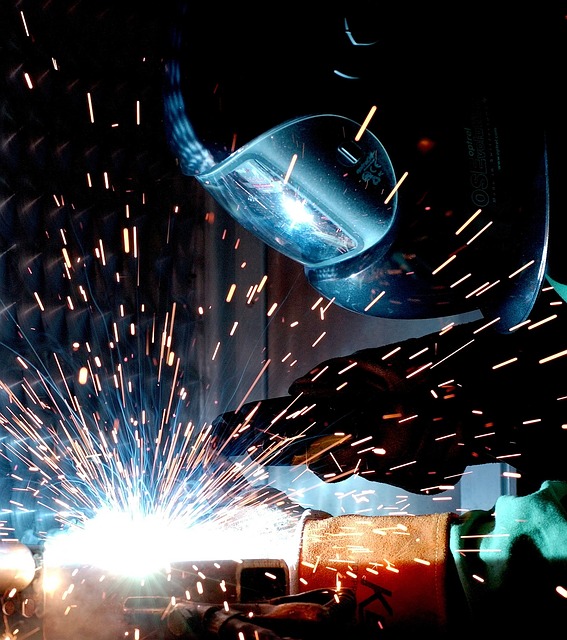The 2 most common methods in welding (the fusing of two or more parts using heat to form a join) are MIG (Metal Inert Gas) and TIG (Tungsten Inert Gas).
MIG welding and TIG welding are both similar in terms of the operation, as both use heat generated by an electrical current to melts the base materials and/or bonding materials together. When this is cooled, it forms a solid joint to fuse the components together.
MIG Process
MIG welding uses a consumable wire electrode (or filler material) to create the weld between the component parts. It also uses a shielding gas (usually a mix of Argon and Carbon Dioxide) to protect the weld and ensure the weld penetrates the material correctly.
 |
|
TIG Process
The process is very similar, but the electrode used to heat the metal is fixed and non-consumable, and an external welding rod is used as the weld/filler material.
In its simplest form, it is similar to using a soldering iron, as the one hand holds the torch/gun to heat the material while the other hand dabs the metal wire into the joint.
 |
|

